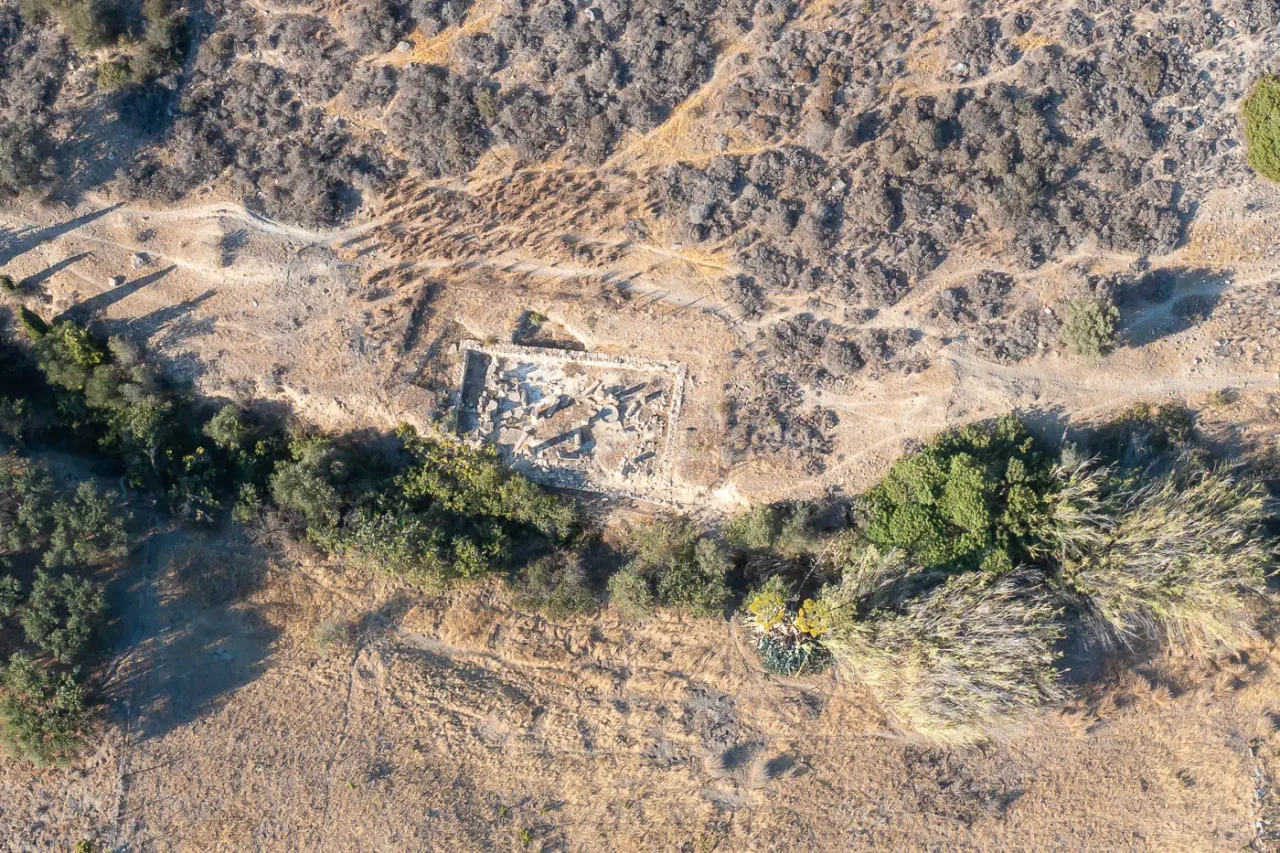
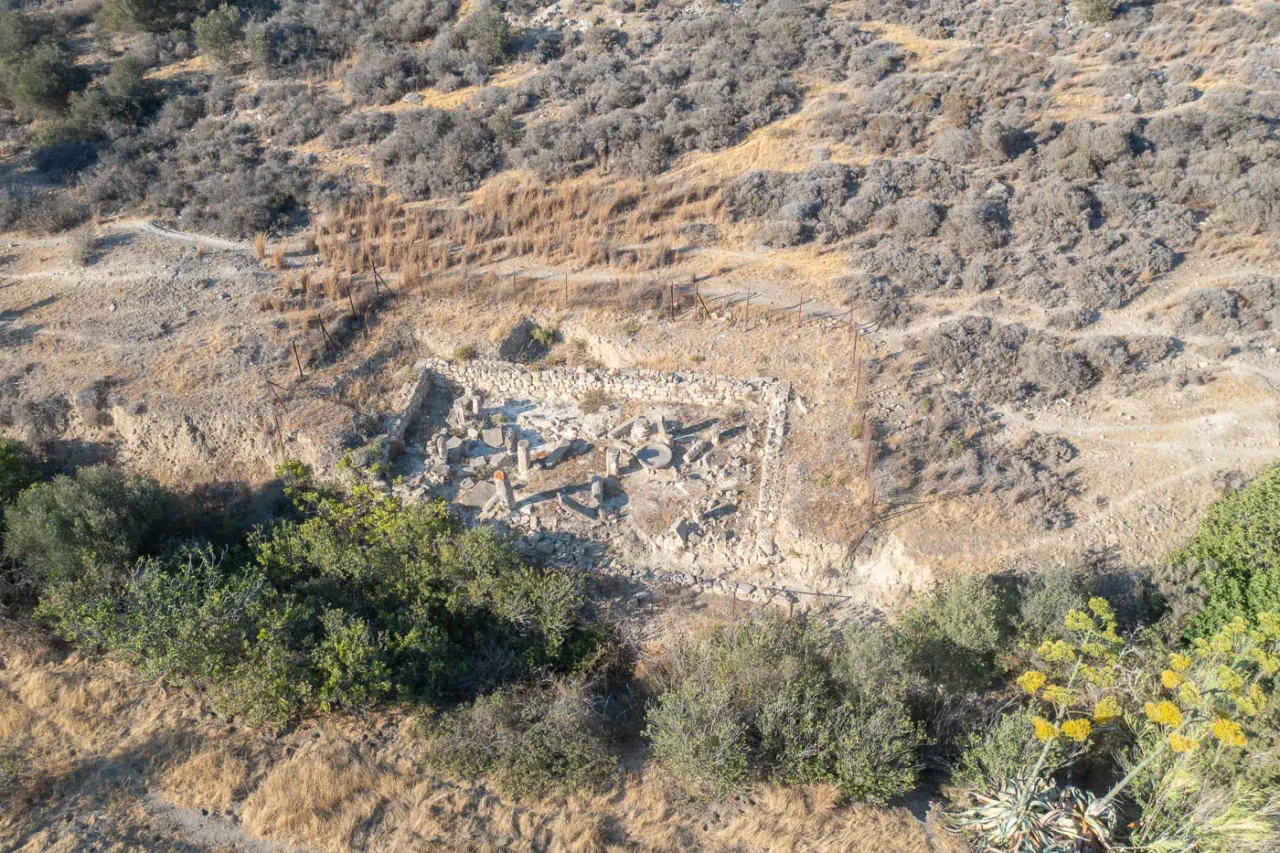
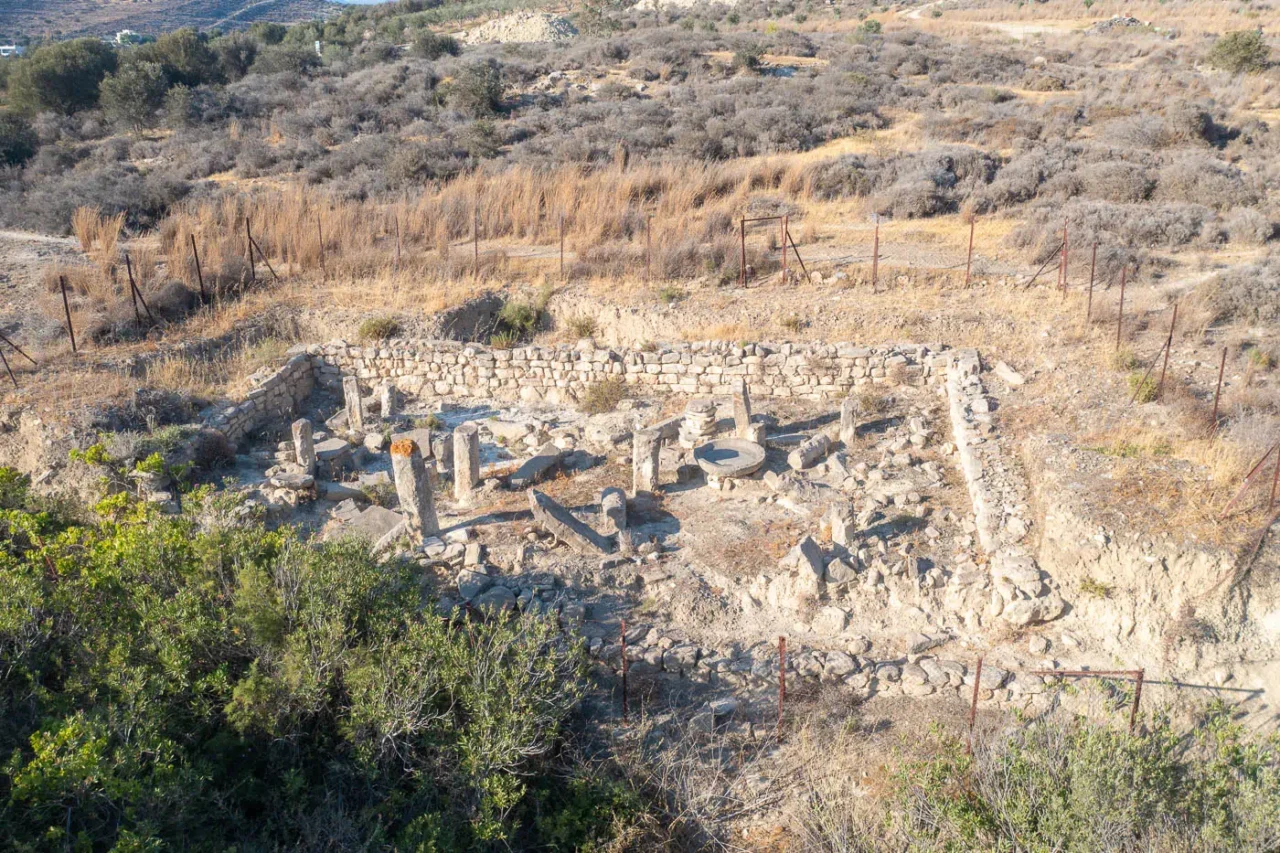
The Minoan Presence in Kalamaki
The Minoan villa at Kalamaki of Kamilari is situated next to the Sfakoryako stream, 1 kilometer east of the beach. The archaeological surveys conducted in the Kalamaki region in 1978 and 1979 offer valuable insights into the Minoan presence in the area, even though they do not explicitly mention the discovery or excavation of the villa itself. The findings from these surveys, particularly those related to the sites of Apothestres, Palioklissies, and Sfakoryako, paint a picture of a thriving Minoan settlement with a complex history spanning several periods.
The Surveys of 1978 and 1979
The 1978 survey hinted at the possibility of a settlement in the area, with the discovery of “MM IB pottery” and “traces of buildings.” The 1979 survey focused on other sites in the region but did reveal evidence of Minoan activity in the broader Kalamaki area. The reports mention the discovery of:
- MM I pottery at the site of Apothestres, suggesting an early Minoan presence in the area.
- Architectural remains and MM I pottery at Sfakoryako, indicating another potential settlement site.
- Architectural remains and pottery ranging from the Minoan to Roman periods at Palioklissies, suggesting a long history of occupation in the area.
The Minoan Settlement at Apothestres
The site of Apothestres appears to be the most relevant to the Minoan villa near Kalamaki. The 1978 survey report mentions the discovery of “MM IB pottery” and “traces of buildings” at this location, which could be associated with a villa complex. The 1979 report provides more details about the site, describing the excavation of a “substantial building complex” with several rooms, including a central courtyard, storage areas, and possible living quarters. The presence of high-quality pottery, stone tools, and other artifacts suggests that this complex was inhabited by a wealthy and influential family.
The Significance of the Kalamaki Findings
While the exact nature of the Minoan villa at the specific location mentioned remains uncertain, the archaeological evidence from the surrounding area points to a thriving and complex Minoan settlement. The findings from the 1978 and 1979 surveys suggest that Kalamaki was an important center of activity during the Middle and Late Minoan periods, with evidence of domestic architecture, industrial activity, and possibly even a harbor. The presence of high-quality pottery and other artifacts further suggests that the settlement was wealthy and engaged in trade and cultural exchange with other Minoan centers.
The information presented here reflects the extent of our (Geotour) knowledge based on the provided archaeological reports. As research and excavations continue in the Kalamaki region, or the discovery of more reported information and publications may emerge, this will potentially enrich our understanding of the Minoan presence in this area of Crete.
Archaeological Site: Key Points
- Construction Period: Middle Minoan to Late Minoan I (Estimated based on surrounding findings)
- Location: Kalamaki, Crete, near the Sfakoryako stream, 1 kilometer east of the beach.
- Dimensions: The specific dimensions of the villa are currently unknown.
- Historical Significance: The villa, along with other findings in the area, suggests a thriving Minoan settlement in the Kalamaki region, potentially involved in maritime trade and cultural exchange.
- Current Status: Not open to the public. Further research and excavation are needed to fully understand the site’s significance and context within Minoan civilization.
References
Access
Good quality earth road, easy access on foot as well from the beach of Kalamaki.













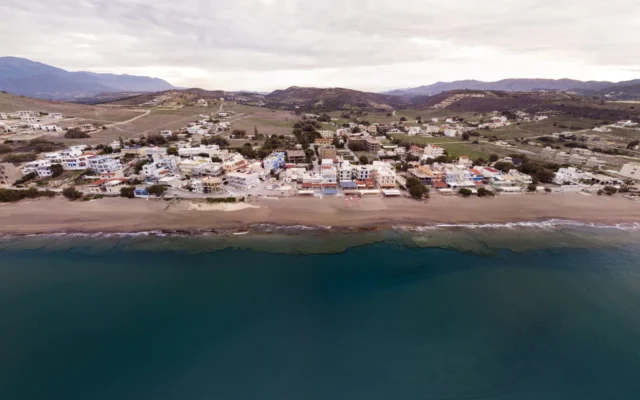
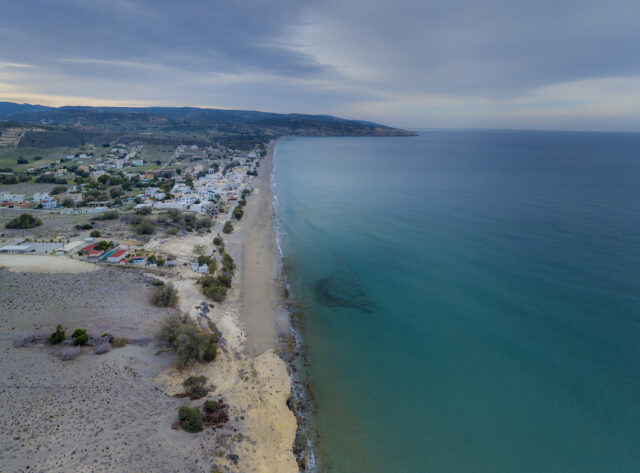

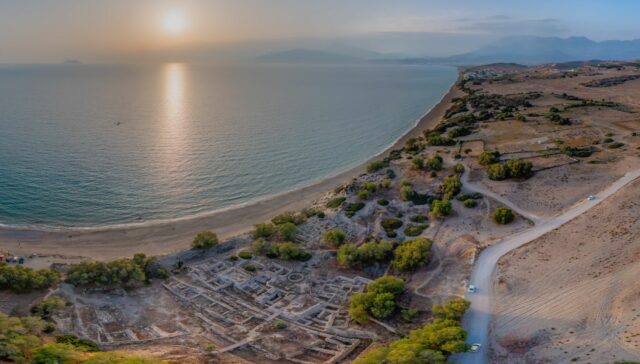

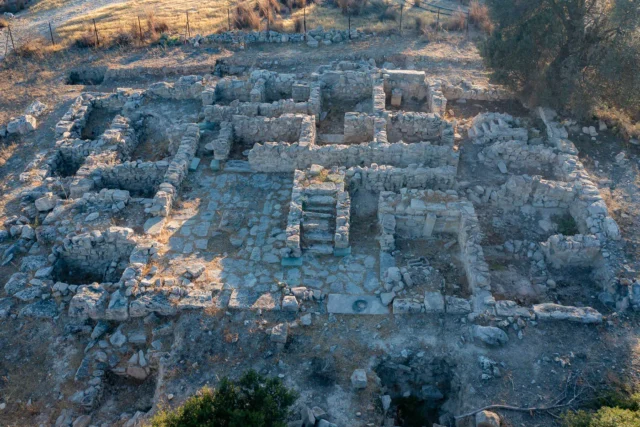
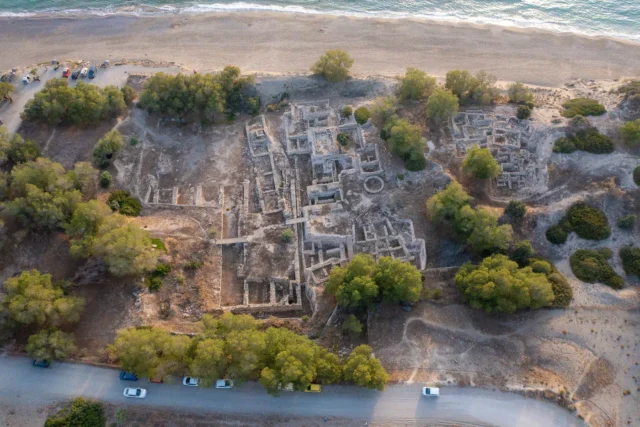

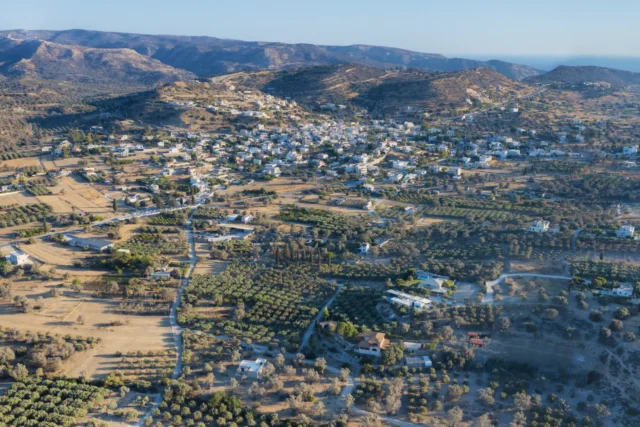
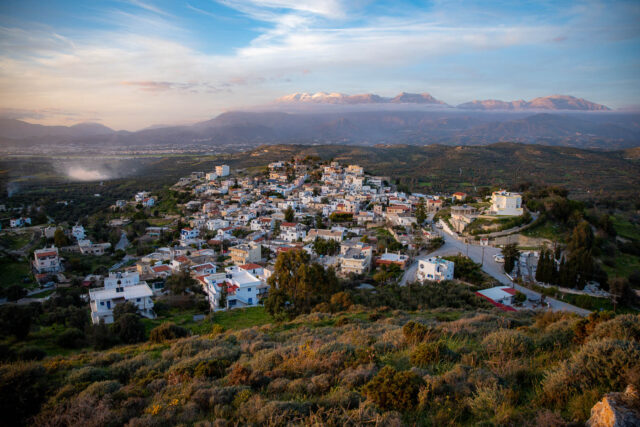

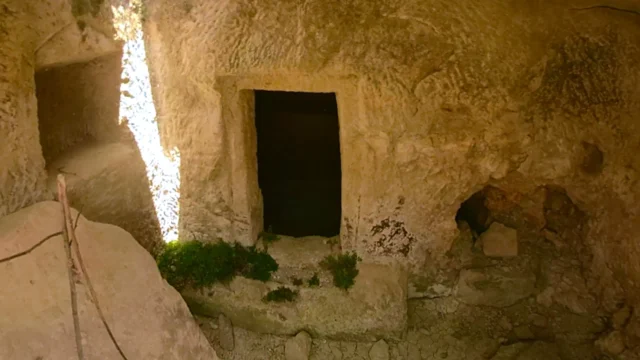
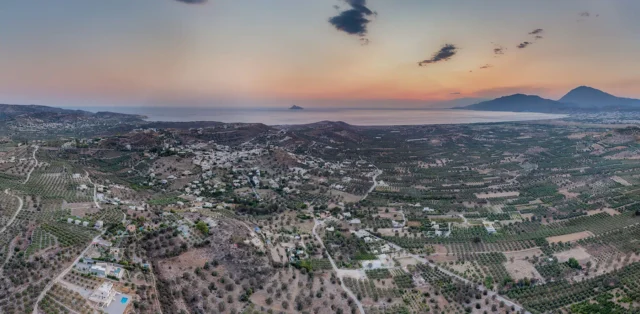

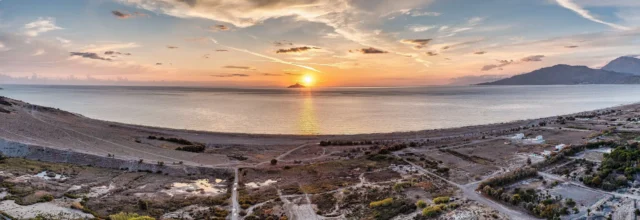
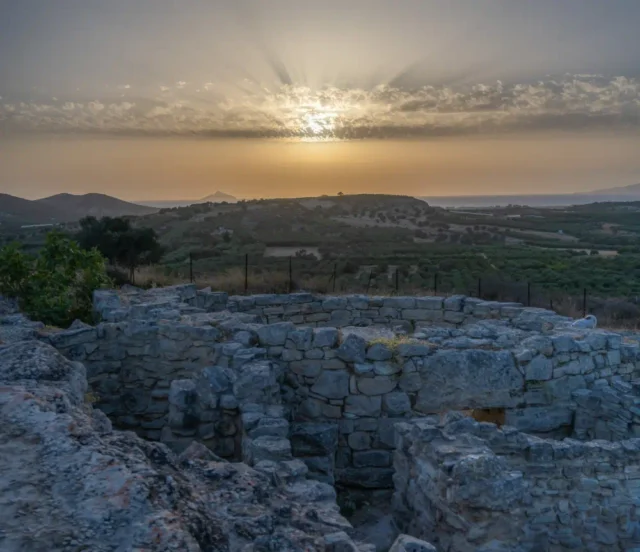
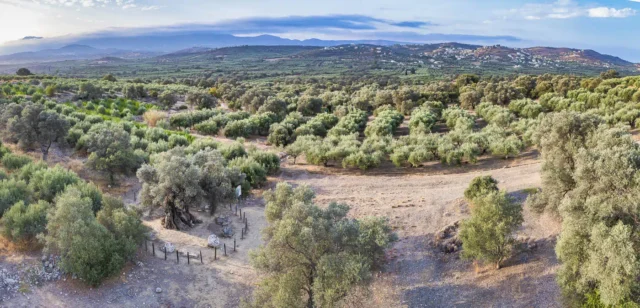

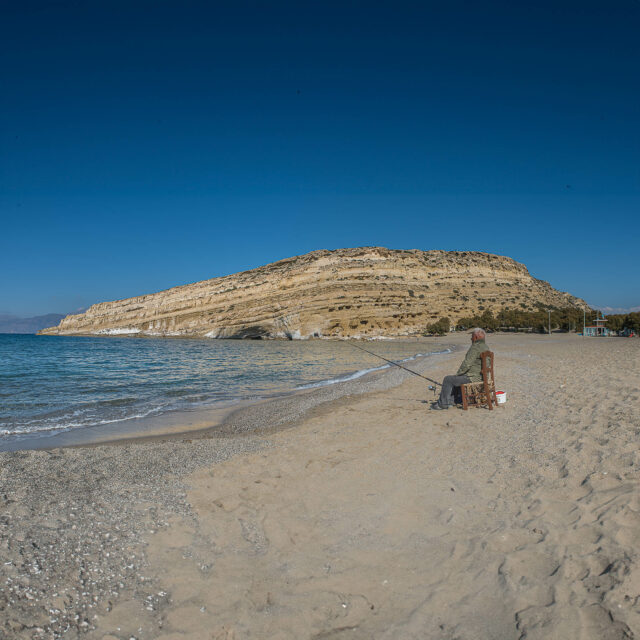
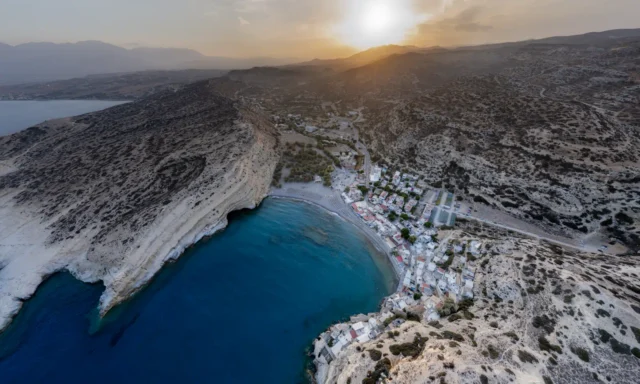
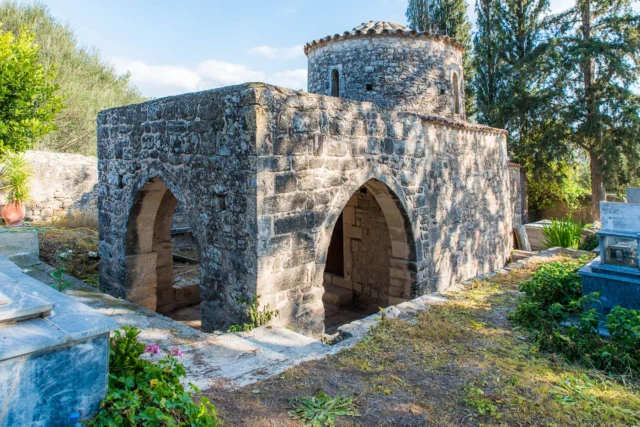
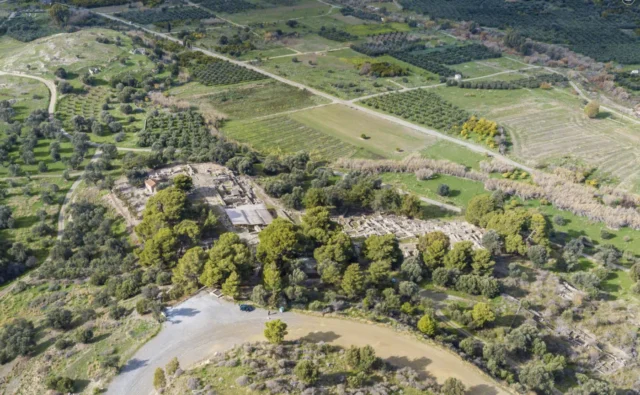
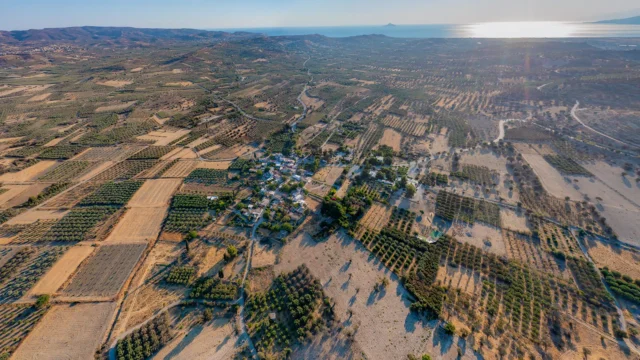

There are no comments yet.